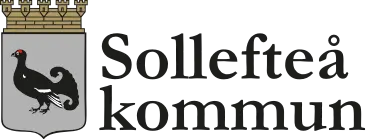- Start page
- English
- Start a food business
- Food control
Food control
In Sollefteå municipality, regular food controls are carried out based on current legislation. The risk level of a business determines how many checks need to be carried out. If serious deficiencies are detected, the inspector can issue an injunction for the deficiencies to be rectified.
In the municipality of Sollefteå, regular inspections are carried out in establishments where food is handled and sold. The performance of food inspections is regulated by common EU legislation, known as EC regulations.
Share this page
Did you find this information helpful?
Leave a review at YourEurope.com  External link, opens in new window.
External link, opens in new window.

